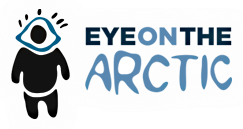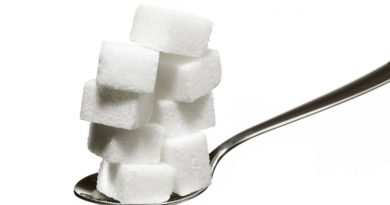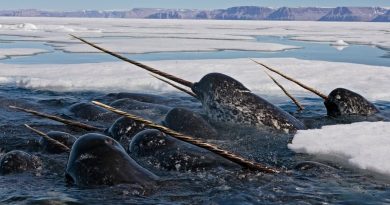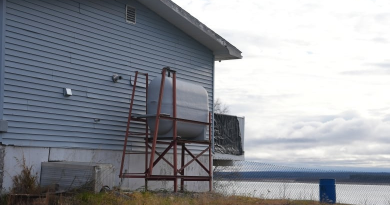Wildfire complex? Blacklining? Here’s what N.W.T. Fire lingo actually means
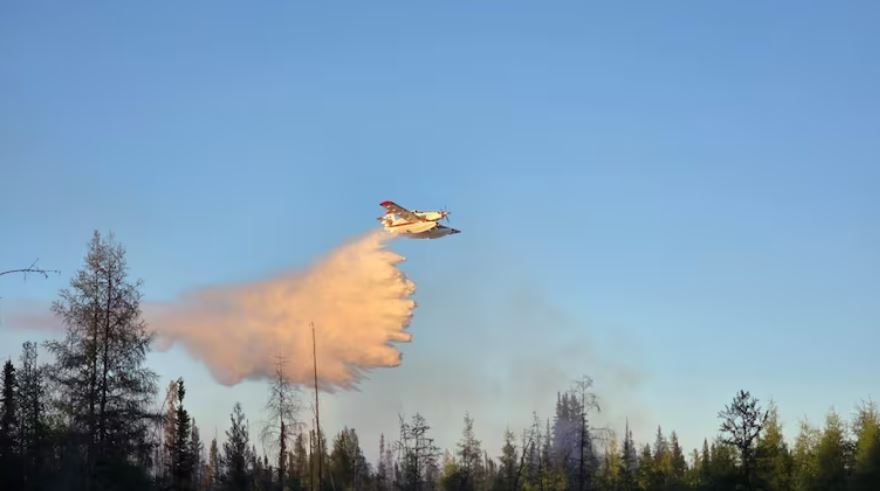
By Sarah St-Pierre
Firefighters provide regular updates, but the terms they use aren’t always well-known. At the height of wildfire season, terms like “mopping up,” “spot fires” and “values” start popping up in social media feeds, email inboxes and news reports.
Specific terminology helps firefighting authorities co-ordinate with each other, but it can also leave the public guessing at the exact meaning.
CBC News spoke with Mike Westwick, manager of wildfire prevention and mitigation for the territorial government, to break down some of the words that come up when describing wildfires.
Fuel layers
Fuel for wildfires consists of organic material that burns at different levels.
A ground fire burns in the forest floor and the mineral soil below.
A surface fire, by comparison, is fuelled by shrubs, low vegetation and logs on the grounds.
If a fire is burning from the tree tops, it will be called a crown fire.
Wildfire complex
Just like a group of structures built together can be called a complex, a wildfire complex happens when multiple wildfires come together in the same area.
N.W.T. Fire uses this term when the same team is being used to fend them all off.

Spot fire
Spot fires happen when the wind carries embers, which start a new fire ahead of an existing one.
“It’s one of the more challenging scenarios that you have to deal with,” Westwick said.
“Even if you have a good fire guard, sometimes spot fires can develop past it — and then, under the right conditions, develop into a whole new problem you’ve got to deal with.”

Fuel break, fire guard and fire line
Fuel breaks, also known as fire guards, are wide breaks in the landscape. They can be created ahead of time (say, by bulldozing a stretch of land) so they might slow down, or even stop, wildfires because there’s nothing for those fires to burn through.
They can also be used as a base for operations when fighting fires.
“A good example is if you go out toward the Kam Lake area in Yellowknife, near Deh Cho Boulevard,” Westwick said. “There were a bunch of very wide fuel breaks put in place in response to the 2023 wildfires that are now being maintained.”
Whereas fuel breaks are wide, fire lines are much narrower and are created right at the edge of the fire when combating it. Their purpose is similar: slow down the fire and provide a safer space for wildfire fighters to act from.
Values
The threat that wildfires pose is largely tied to what values stand in their path.
“Values” is the catch-all term for anything people care for. People and property are the highest priority values for N.W.T. Fire, but the term has a broad reach, also including infrastructure necessary to deliver services. For example, caribou habitat would fall under environmental values, and a commercial lumber area would be considered an economic value.
“There could be cultural values, things like grave sites and fishing cabins, that allow people to participate in their culture,” Westwick said.
Being monitored
When a fire is being monitored, it’s left to burn and play its role in the boreal forest ecosystem. N.W.T. Fire keeps an eye on it to make sure it does not pose a risk.
Not intervening unless necessary is a way to counter wildfire oversuppression, a problem Westwick says has grown in North America.
Being actioned
If a fire is being actioned, it could mean direct action is being taken to suppress it.
It could also mean that preventative measures are being taken to protect structures that are potentially in the path of the fire.
Attack
Attacking the fire means taking action to suppress and contain it. An attack can take many shapes, from wildfire fighters wielding hoses to douse flames to air tankers dropping fire retardant on fires.
Sometimes, it also means using fire to fight fire.
Using torches or small round devices known as dragon eggs, ignition operations can help control the path of a fire.
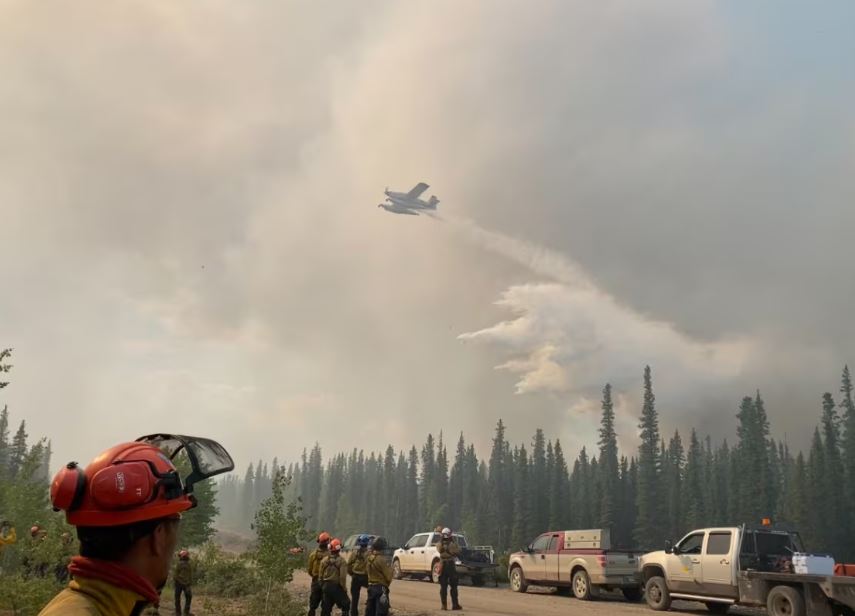
“Basically, putting fire where we want it before the fire goes where we don’t want it to go,” Westwick said.
Mopping up
Mopping up happens after a major flame has been extinguished or has receded. Using hand tools, water or just hands, wildfire fighters dig into the ground to make sure no remaining heat could start a new fire.

Blacklining
After the major flames at the edge of a fire have been brought down, blacklining helps control the perimeter around an active fire.
Mopping up helps extinguish the fuel at the edge of a fire, contributing to blacklining.
“The term comes from the fact that, you know, that’s burned area and it’s going to be black and not orange like flames,” Westwick said.
State of control
Whereas the response to a fire lies in the actions taken by the authorities, the state of control describes how the fire is behaving.
When a fire is described as being contained, there is progress on the response, but some uncertainty remains.
If a fire is being held, the fire is not expected to grow based on current weather conditions and firefighting efforts.
If the fire is under control, it would still not be expected to grow even if firefighters withdrew.
If a fire is deemed out of control, it only means the fire could still grow.
“The term ‘out of control’ kind of sounds like a freight train running down a hill with no brakes,” Westwick said. “But the reality is, ‘out of control’ just refers to when we have not contained the fire.”
FireSmart
While professionals handle the firefighting efforts, FireSmart is a program that gives people a way of managing fire risk around their own homes.
FireSmart activities involve removing potential fuel from a property, with an emphasis on the first 10-metre area around a home. They include clearing out gutters, examining building materials and working with neighbours to limit the risk of fire spreading from one yard to another.
“It’s all about collaborating as neighbours and neighbourhoods and all levels of government to reduce wildfire risk before it comes on to your doorstep,” Westwick said.
The territorial government offers free home assessments on how to FireSmart homes.
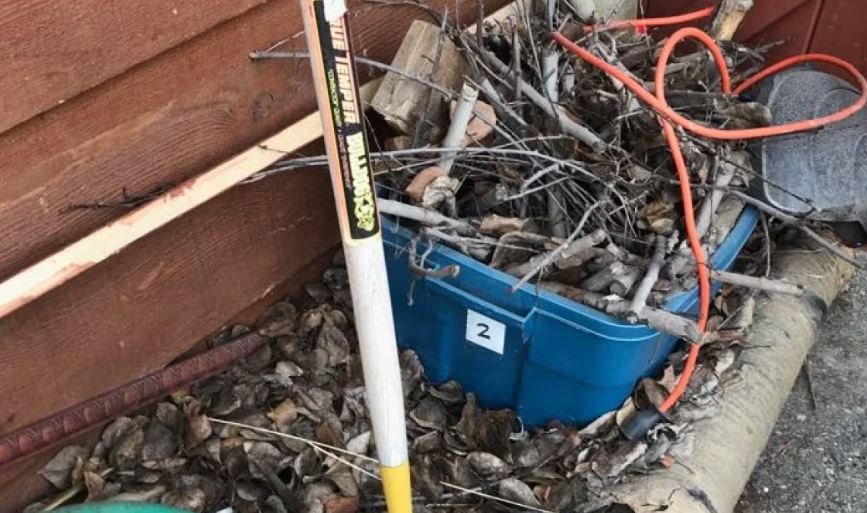
New fires
Once a fire is detected, it is considered new for the first 48 hours.
Hectare
Wildfires are measured in hectares, which cover an area equivalent to 100 metres by 100 metres.
A hectare is about as big as one and a half soccer fields, or Yellowknife’s Multiplex. A square kilometre corresponds to 100 hectares.
When to worry?
Knowing the lingo can make it easier to understand what’s happening around you. But even with this knowledge, it can still be hard to know when to be concerned about a fire.
Westwick said there is no hard and fast rule.
Weather and proximity to people can make a big difference. A small fire near a residential area could be a bigger threat than a 1,000-hectare roaring fire far from anyone, Westwick said.
He recommends keeping up to date with community governments and wildfire information online to get a sense of where things stand.
Related stories from around the North:
Canada: N.W.T. Indigenous governments get $15M to deal with 2023 wildfires’ impact, CBC News
Finland: Last week’s wildfires in Northern Lapland cost taxpayers more than €100k, Yle News
Russia: New NOAA report finds vast Siberian wildfires linked to Arctic warming, The Associated Press
Sweden: High risk of wildfires in many parts of Sweden, including North, Radio Sweden
Norway: Smoke from Canadian wildfires forecast to reach Norway, The Associated Press
Sweden: High risk of wildfires in many parts of Sweden, including North, Radio Sweden
United States: Wildfires in Anchorage? Climate change sparks disaster fears, The Associated Press
